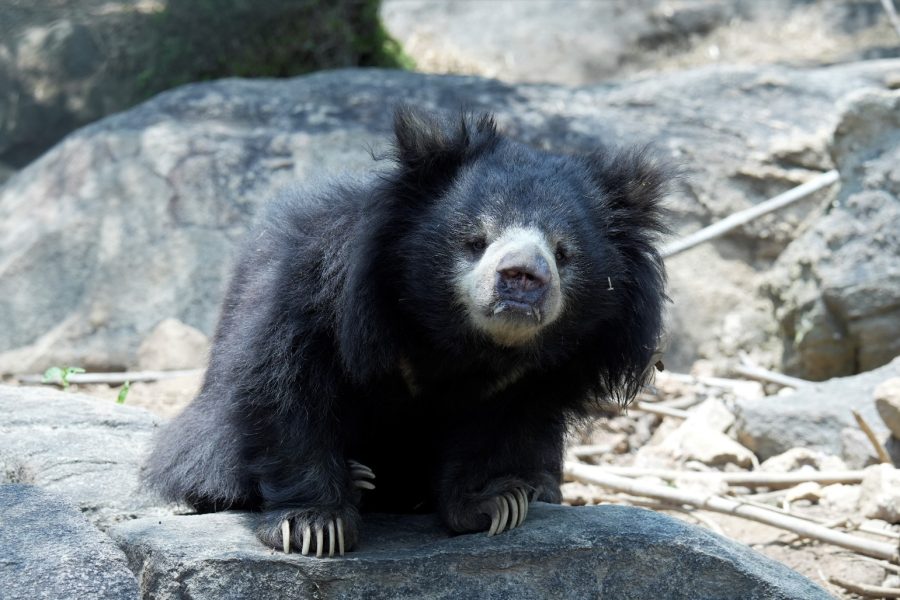Humans share a rather unique relationship with wildlife, where they rely on them for their basic necessities. From companionship to clothing, from medicine to food, we have maneuvered wildlife in a way that fits our needs and standards. Right from livelihood sustenance to entertainment, we have gradually begun to depend upon wildlife use and trade. To balance out, we also ensure this use is sustained and not manipulated extensively. Thus we have certain guidelines under the Convention on International Trade in Endangered Species of Wild Fauna and Flora (CITES). Currently protecting over 5,800 animal species and 30,000 plants, CITES is responsible for regulating trade across countries. Categorised under three Appendices, trade for the enlisted species is permitted on the degree of the threats they face.
However, when wildlife is overexploited, the trade becomes unsustainable and leads to the extinction of the respective species. In addition to the survival risks, it governs the livelihood of those living in harmony with the wild. Illegal trade severs the balance that the communities have continued to maintain with nature over time. Moreover, the threat is extended to an even larger extent – to that of a nation’s security, governance, as well as economy.
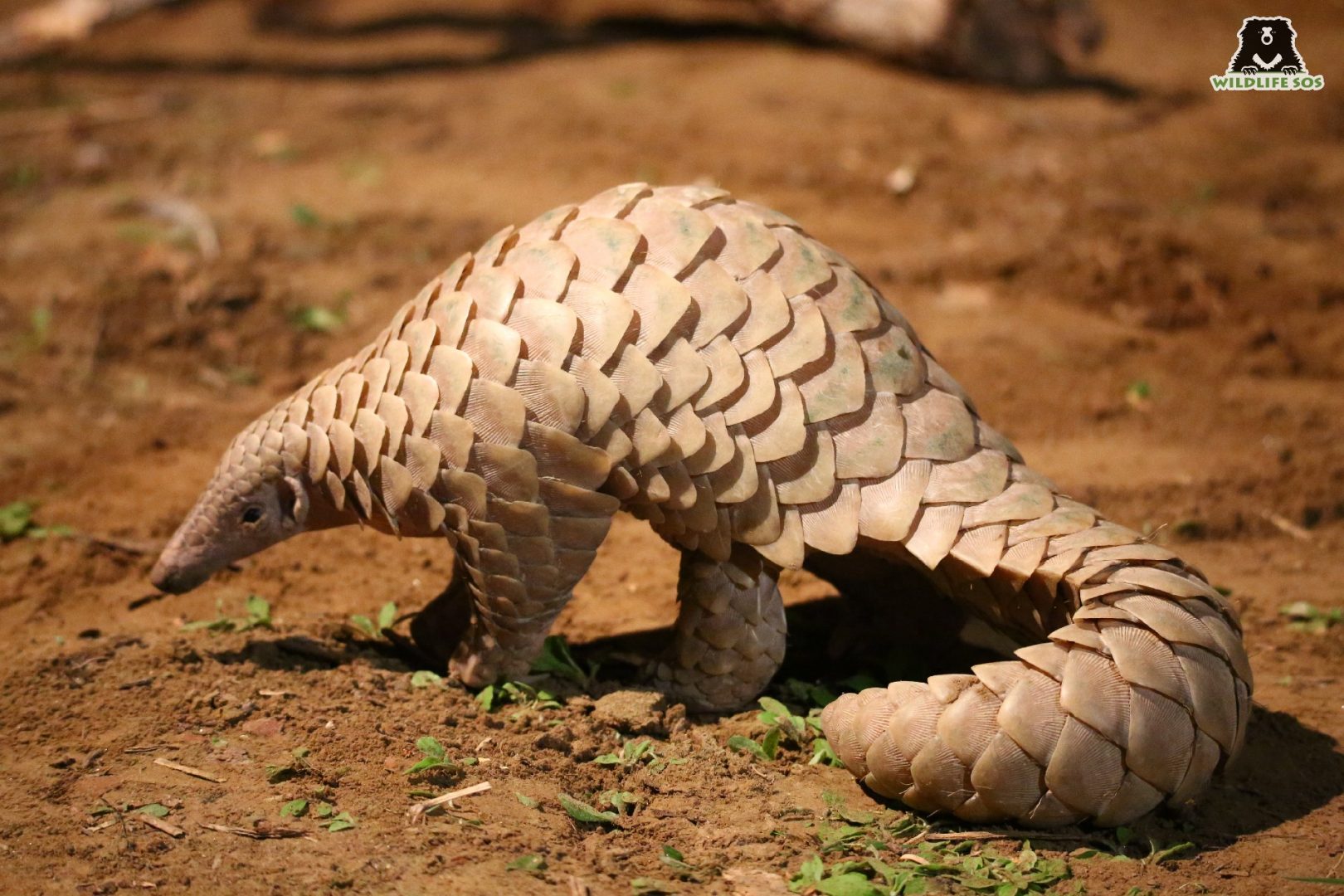
A well-known driver of biodiversity loss, wildlife trafficking impacts a sweeping range of species worldwide. It encompasses a well-coordinated network functioning in sync and ultimately jeopardizing the existence of species and the dependent communities. Illegal trade runs like an organised business linking various stakeholders such as traders, smugglers, and supporters. This is strengthened by the sky-high demand spawned by the consumers for need (and greed).
What’s so special about pangolins?
Imagine the deep, dark world of wildlife trade – toppling over species one step at a time. Enters the Pangolin, the most heavily trafficked wild mammal across the globe. Belonging to the genus Manis, it is an insectivore, feeding on a specialised diet of ants and termites. Nocturnal, it possesses a strong sense of smell, which helps locate the prey. With the help of scent marking by urine secretion and scattering faeces, it establishes territory and conveys sexual status. The elusive, shy-natured, solitary pangolin is certainly identified by its scaly body. Keratinous, overlapping scales are an important structure for the animal as they shield it from any potential predator. This self-defence gesture even gives them the name, pangolin, derived from “penggulung” meaning roller in Malay. Although indispensable for the animal, scales have dragged all the eight pangolin species into the vicious cycle of wildlife trafficking.
Mercilessly hunted, poached, and traded illegally, the lion’s share is based upon unproven and non-scientific beliefs. People use pangolin scales, fetuses, bile, blood, bones, and claws in Traditional Chinese Medicines (TCM). These body parts are also anticipated to possess healing powers and cure diseases. Due to the presence of Tramadol HCl, an analgesic, pangolins are widely hailed in the medical community. Practitioners claim to cure ailments like piles and jaundice with the help of pangolin parts. TCM dates back to more than 5,000 years and is still widely accepted – putting at risk hundreds of animals. In China alone, over 900 million patients are offered pangolin derivatives under the name of traditional treatment each year.
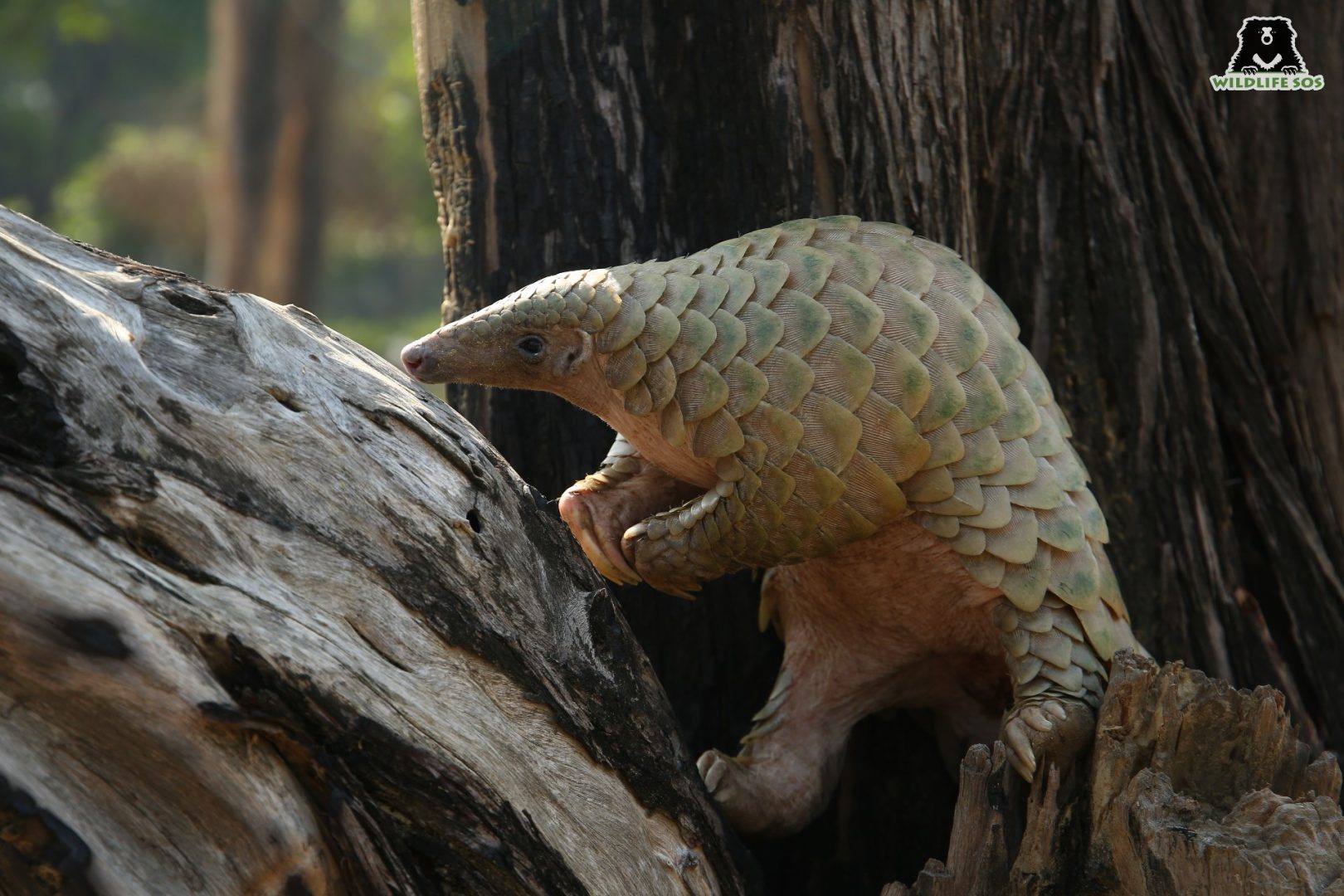
Scales are crafted into ornate artefacts like finger rings, charms, and amulets. Moreover, people have coupled the value of self-defence against black magic and witchcraft with scales. Pangolin skin is made into leather products, while its protein-rich meat is consumed as a delicacy across Asian countries. Bushmeat is often considered a symbol of status in numerous cultures. False beliefs in various parts of the world, like pangolins excavating graves and consuming the dead, add to the fad and hostility people hold for the species. Over years, such misconceptions and beliefs have motivated people to hunt down the mammal and threaten its entire population.
Where did all the pangolins go?
Due to the rampant trade, the once widespread mammal has shrunk into a much smaller range and driven to the edge of extinction. Of the eight species, two are listed as Critically Endangered, two as Endangered, and the rest as Vulnerable. The two species inhabiting India – Chinese pangolin (Manis pentadactyla) and Indian pangolin (M. crassicaudata) are distributed across the country, inhabiting diverse habitats from evergreen forests to farmlands. They are listed as Critically Endangered and Endangered, respectively, according to the IUCN Red List of Threatened Species. Both species also receive protection under Schedule I of the Wildlife (Protection) Act, 1972.
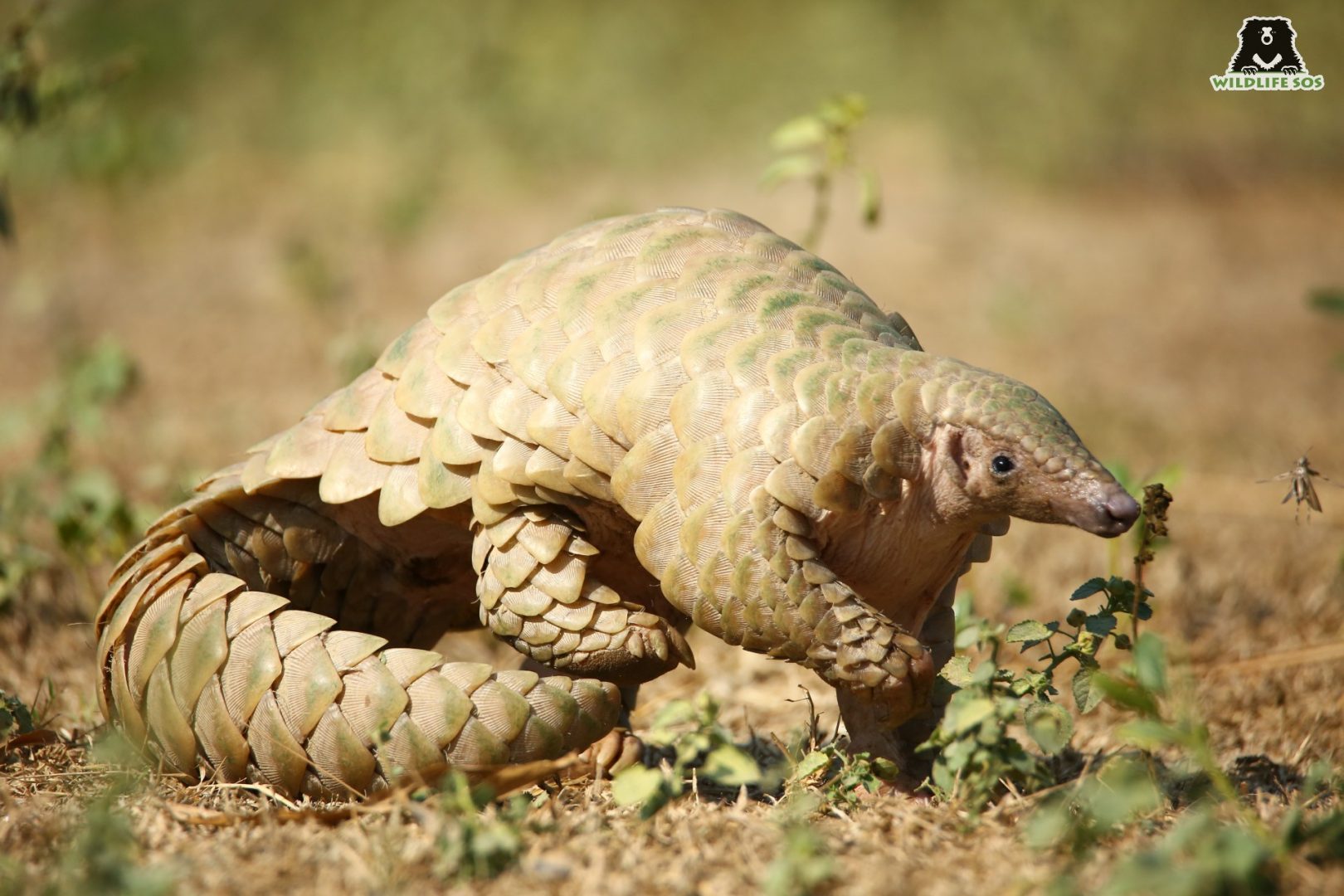
The unbridled illegal trade of the species across the globe has significantly reduced the pangolin populations. Ever since the internet has taken over the world, the illegal wildlife trade has shifted to online platforms. The COVID19 global crisis has especially facilitated this shift. Traffickers have now moved to social media such as Facebook, WeChat, Telegram, and Instagram to locate potential buyers. E-commerce offers wide opportunities for illegally trading items such as pangolin scales, elephant ivory, deer antlers, etc.
Trafficking is met with burgeoning prices and a tremendous surge in demand. In the last two decades, prices for diamond-shaped scales have increased by ten folds. Besides the illegal trade, the species face additional risks due to ongoing habitat loss and fragmentation. Additional anthropogenic threats such as extensive grazing, forest fires, the establishment of agricultural lands, destruction of forests, infrastructure expansion are also responsible for the global decline.
What makes pangolins so fragile?
Secretive and solitary in nature, a female and a male come together to mate only once a year. With a life span of not more than 20 years, the two sexes reach sexual maturity at about two years of age. Due to a very slow reproductive rate, females generally produce one offspring per year. In some cases, females have been found to give birth to even three pangopups in a year. After birth, mothers continue to wean and nurture their young ones in the burrows. Infants rely on their mothers for a few months and can even be seen riding on their tails. Due to these reproductive factors, illegal poaching and trafficking of this species sway their populations in the wild.
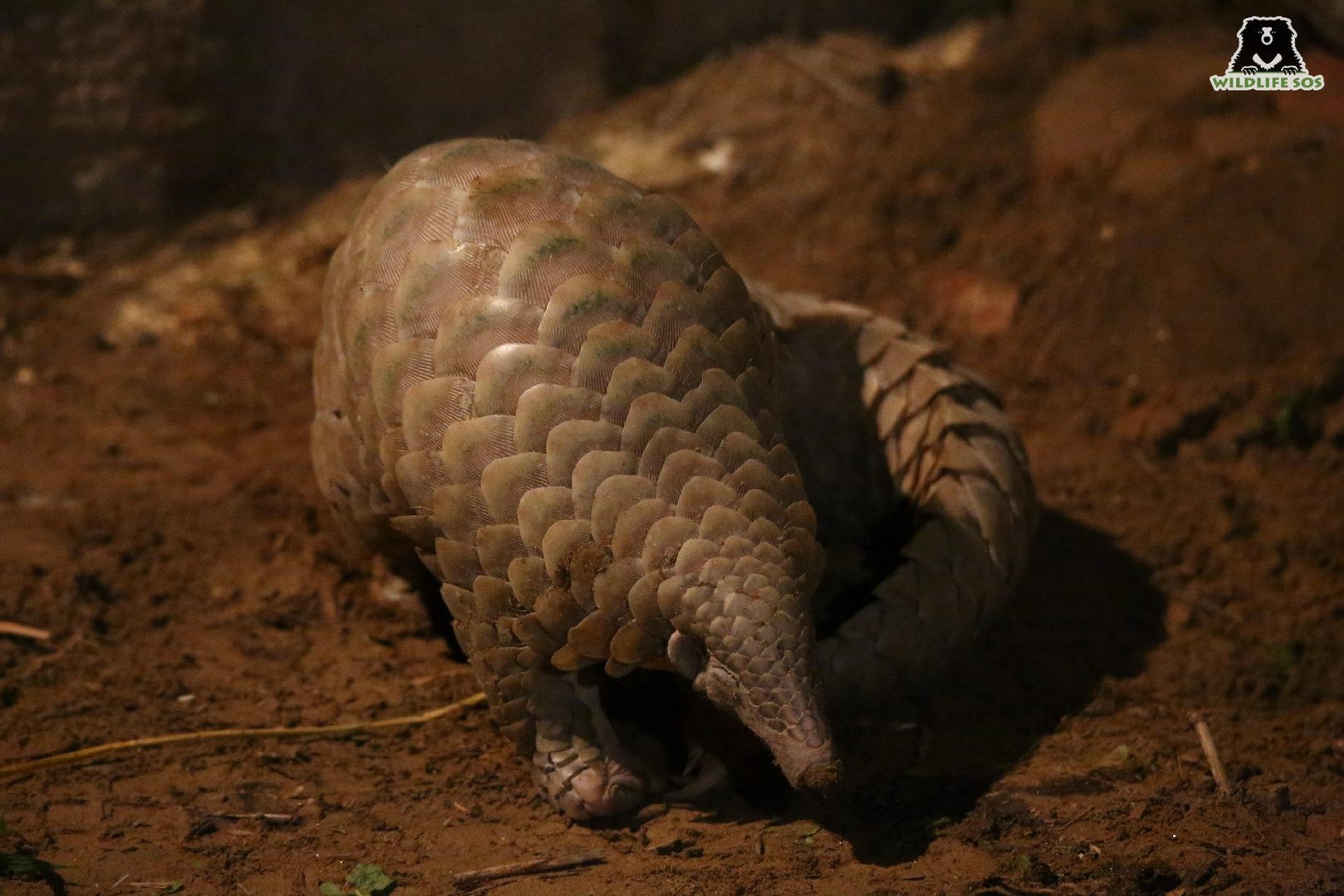
Due to lack of defence, a pangolin is snatched every five minutes from the wild. Poachers locate pangolins easily in their burrows and often extract them by smoking out, setting pitfall traps or nets. Upon striking or threatening them, the anteaters roll into a ball to protect themselves. Unfortunately, this protective mechanism makes it convenient for the poachers to carry them. Being firmly fixated on the body, poachers find it difficult to remove their scales. Hence, they are typically removed by boiling, skinning the dead animal, or peeling them off.
Despite the highest level of protection received by CITES and the serious restrictions imposed on trade, pangolins find themselves in an unfortunate situation. A high number of illegal shipments originating from Asian as well as African countries have been traced over the years. The illegal harvest occurs despite any proven health benefits, thus skyrocketing the demand. According to TRAFFIC reports, in the last decade, over a million pangolins have been snatched from the wild and fed into the illicit wildlife trade.
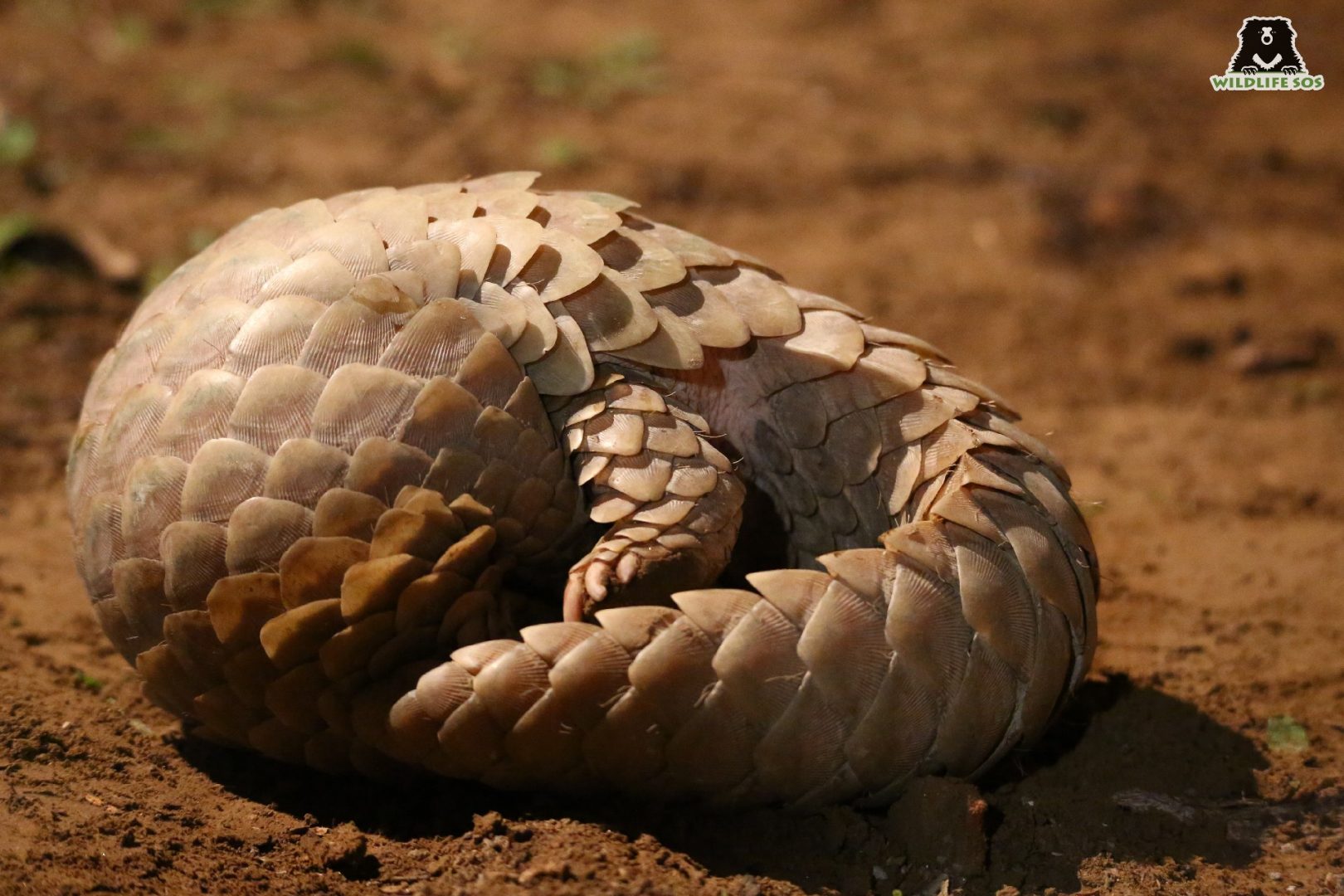
What price do we pay if we lose them?
A large number of pangolins are poached and eventually fed into the illicit wildlife trade proliferating on a global level. The illegal yet lucrative pangolin trade has led to plummeting of the entire pangolin population. According to TRAFFIC, about 20 tonnes of pangolins and pangolin parts are trafficked internationally each year. In 2019 alone, over 40 tonnes of pangolin derivatives were seized by authorities. 159 different smuggling routes have been traced to over 67 countries in total. Such distressing numbers make one wonder about the role that these unique mammals play in nature.
The Manidae species inhabit the tropical and subtropical ecosystems of several Asian and African countries. Feeding on a diet of ants and termites, they use their long and powerful claws to dig out anthills and termite mounds. Their long, sticky tongues – which are even longer than their bodies – help suck and slurp the insects out. Pangolins are thus responsible for regulating and keeping in check insect populations. They are nature’s very pest control and an individual can consume nearly 70 million insects every year! Moreover, they aerate the soil and spread nutrients while digging for insects.
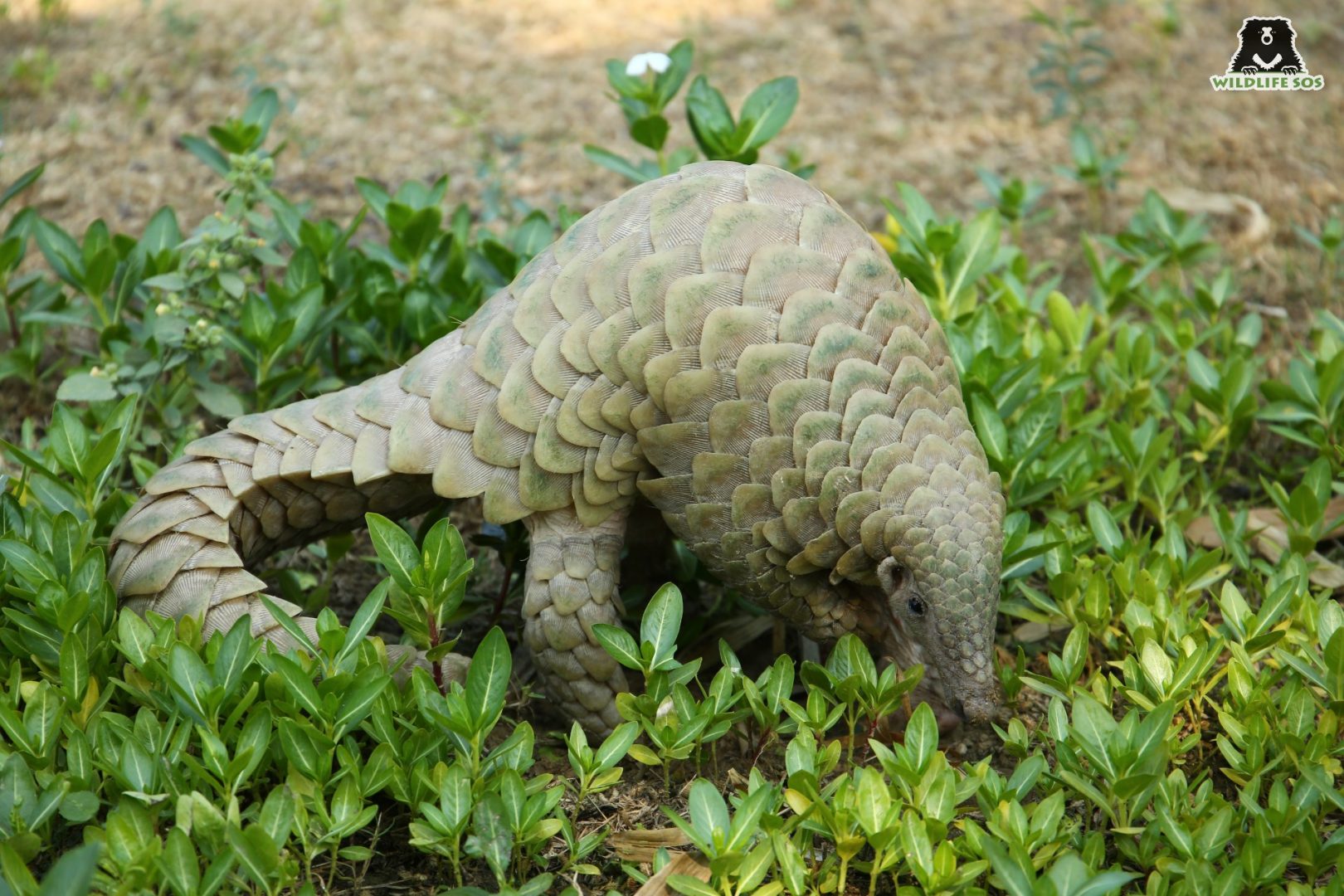
Wildlife SOS strives to protect Endangered species like Indian and Chinese Pangolin across several states of India. By inculcating awareness, carrying out rescue operations, and countering illegal wildlife trade, our team is conserving the nation’s biodiversity. If you happen to come across pangolins or any wild species in distress, please report to the nearest forest department authorities or Wildlife SOS. Contact our 24×7 Rapid Response Unit operating out of Delhi-NCR (+91-9871963535), Mathura and Agra (+91-9917109666), Vadodara (+91-9825011117), and J&K (+ 91-7006692300).




